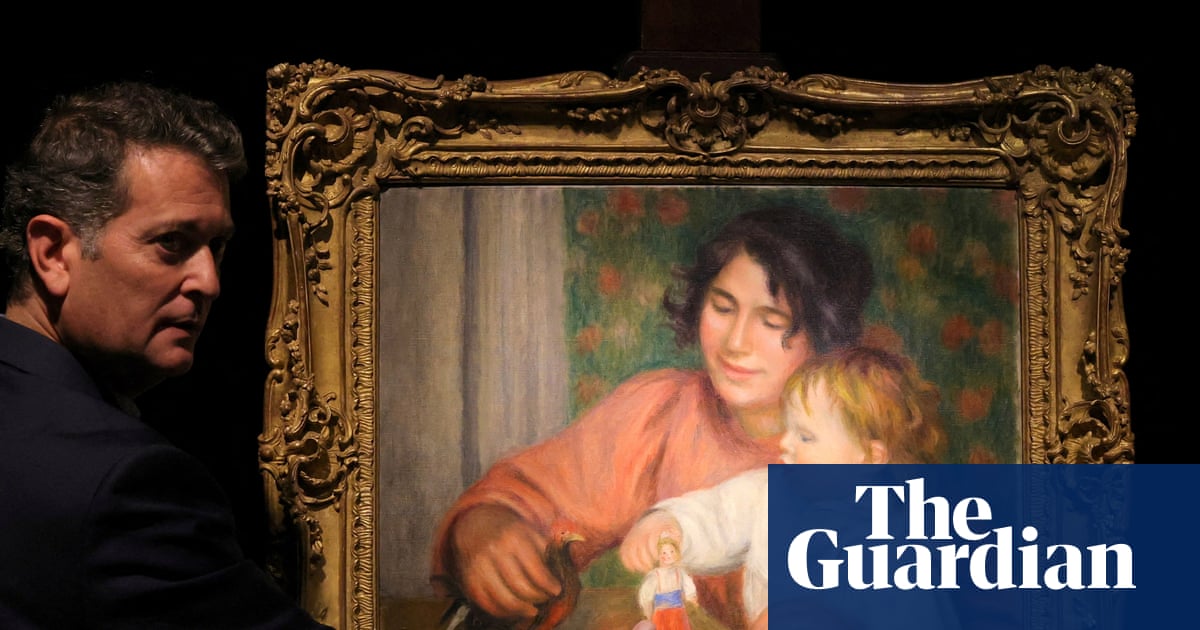A previously unknown work by French impressionist painter Pierre-Auguste Renoir depicting his son Jean sold for €1.8m ($2.08m) at a Paris auction, according to the auction house.
The oil painting – L’enfant et ses jouets – Gabrielle et le…

A previously unknown work by French impressionist painter Pierre-Auguste Renoir depicting his son Jean sold for €1.8m ($2.08m) at a Paris auction, according to the auction house.
The oil painting – L’enfant et ses jouets – Gabrielle et le…